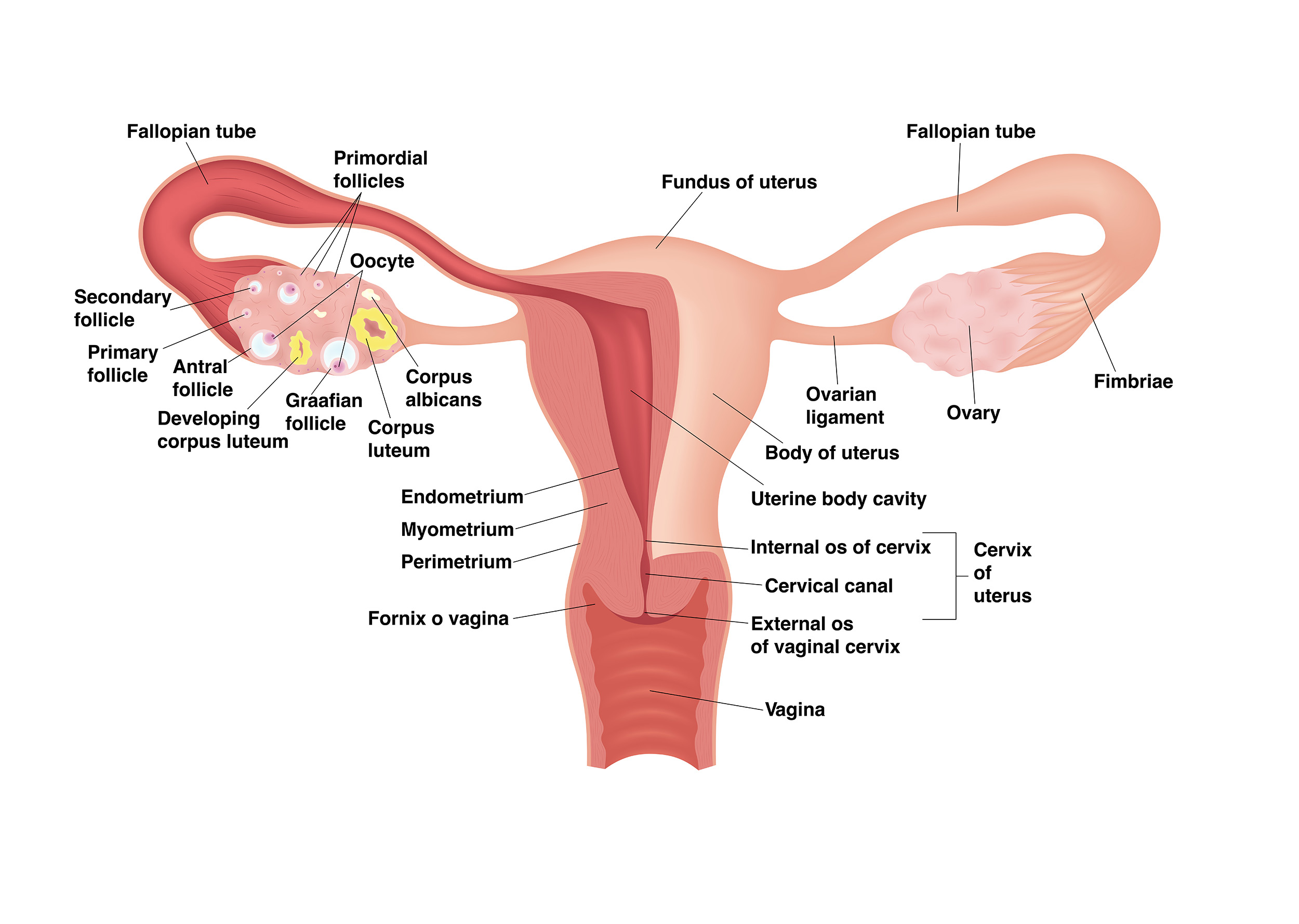
Decoding the Mystery of Scar Endometriosis
Endometriosis, a perplexing condition where endometrial-like tissue is found outside the uterus, manifests in various forms. Among them is scar endometriosis, a rare yet distressing
An endometrioma, also known as a “chocolate cyst,” is a type of ovarian cyst formed when endometrial-like tissue—similar to the lining of the uterus—grows inside the ovaries. It is a specific and often more severe manifestation of endometriosis, a chronic condition where this tissue grows outside the uterus, causing inflammation, scarring, pain, and fertility issues. Endometriomas are filled with old, dark, thick tissue and blood, giving them their nickname due to their chocolate-like appearance on ultrasound or during surgery.
Endometriomas affect up to 40% of individuals with endometriosis, particularly those with moderate to severe forms of the disease. They are most commonly found in women of reproductive age and often appear on one or both ovaries. These cysts are a form of deep infiltrating endometriosis (DIE) and are associated with a higher likelihood of pelvic adhesions, ovarian damage, and reproductive complications.
The exact cause of endometriomas is not fully understood, but they are believed to develop when endometrial-like tissue on the surface of the ovary invaginates and forms a pocket that fills with menstrual blood and tissues over time. With each menstrual cycle, the trapped blood accumulates, oxidizes, and turns dark brown. Unlike functional ovarian cysts, which often resolve on their own, endometriomas persist and may grow larger or become more symptomatic without medical or surgical treatment.
Endometriomas may not always produce symptoms, especially when small. However, as they grow or in combination with other endometriosis lesions, they can cause significant discomfort. Common symptoms of endometriomas include:
These symptoms often worsen over time, particularly during the menstrual cycle, and may interfere with daily life and fertility.
Diagnosing an endometrioma typically involves a combination of clinical evaluation, medical history, and imaging studies. Transvaginal ultrasound is the most common and effective tool for identifying endometriomas, which often appear as homogeneous, ground-glass cysts. In some cases, MRI may be used to differentiate endometriomas from other types of ovarian cysts or to assess the extent of deep-infiltrating endometriosis.
A definitive diagnosis can only be made through laparoscopy, a minimally invasive surgical procedure that allows for direct visualization and biopsy of the cyst and surrounding tissue. This procedure can also be used to treat the endometrioma if necessary.
Treatment for endometriomas depends on several factors, including the size of the cyst, severity of symptoms, impact on fertility, and the individual’s reproductive goals.

Endometriosis, a perplexing condition where endometrial-like tissue is found outside the uterus, manifests in various forms. Among them is scar endometriosis, a rare yet distressing

Endometrioma cysts, often dubbed as ‘chocolate cysts’ or “endometrioma”, pose a significant health issue for many women worldwide. Understanding how to prevent endometrioma cysts is

Endometriosis, a complex and often painful condition, is characterized by the growth of endometrial-like tissue outside the uterus. This tissue, which differs molecularly and in

Endometriomas, commonly known as ovarian “chocolate cysts,” occur in 20 to 40% of endometriosis patients. Abnormal implantation and growth of endometrial-like tissue can cause these
Endometriomas are a type of endometriosis cyst on the ovary. Management of endometriomas can be complex as there are many schools of thought on how

Your Guide to Ovarian Endometrioma: Treatment, Symptoms, Doctors, Etc. Endometrioma (deep ovarian endometriosis) can be difficult to treat due to controversies and challenges surrounding the best approaches,

What are endometriomas anyway? Endometriosis is classified into three main types: superficial peritoneal endometriosis, deep infiltrating endometriosis, and endometriomas (see more about that here). Endometriomas